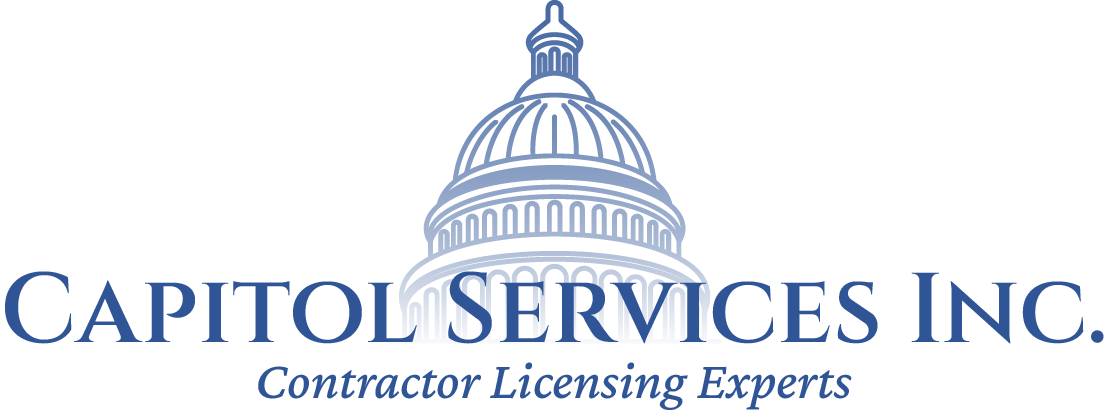As backward as it may seem if a public entity says they want a plumber to install their electrical wiring they can do that. Granted, this may be an extreme example. However, what may be ‘proper’ isn’t always the most ‘acceptable’ alternative when bidding a public project as our first question illustrates. Another contractor learns what’s in a ‘second’ name…
Q: I am a California contractor holding “A” & “B” licenses. I recently walked a public pre-bid for an electrical generator replacement project. The city engineer is insisting that only a “C-10” subcontractor be allowed to bid the project as a prime contractor. However, looking at the scope of work, it involves more than just electrical. Concrete, block work, drywall, painting, roofing and many other trades are included. Is there any code I should reference in my letter to the city engineer asking them to allow us to bid the job with our general licenses? We will be listing the appropriate subcontractors in our bid.
A: Thank you for your email. It’s tough to say if the “A” and/or “B” would (or should) be proper without knowing more about the project. This being said, in most cases, a general engineering contractor can handle any project in connection with a fixed work involving specialized engineering knowledge and skill. This would include powerhouses, power plants and other utility projects. In other words, if the electrical generator replacement is part of a power generation facility, the “A” (as well as the “C-10”) should be acceptable (B&P Section 7056).
The general building or “B” classification could also be acceptable if the electrical project is in connection with a structure “for the support, shelter, and enclosure of persons, animals, chattels or moveable property of any kind” (Section 7057). If in fact the job includes numerous trades (such as drywall, painting, roofing, electrical etc.) then a “B” could self-perform some of the work and list licensed subcontractors for the remaining trades as you have proposed. As I have said many times in this column, the “proper” classification(s) for public works is dependent on the project scope whereas the “acceptable” class determination is up to the awarding authority. On occasion these may not match.
Even if an “A” or “B” fits this project, the city can still determine they want to limit bidding to a “C-10” and unfortunately, the CSLB is not in a position to overrule these decisions.
Good luck in your discussion with the City Engineer. If this does not resolve the issue you can always appeal to the City Council.
Q: I have a corporation with a dba and want to start a second company. I filed an application with the CSLB to Change Business Name but they sent it back (along with my check for $11.00) saying this was not the proper form. What application should I have used?
A: The Application to Change Business Name would have been correct if you wanted to change the operating name of your existing business. However, as we discussed, since you’re interested in simultaneously doing business under a second name, you’ll need to file an Application For Original Contractor’s License (7065 Waiver).
The Contractors Board will only allow one business name per license number. If you want to conduct business under two different dba’s, a second license number is required, therefore the need for an original application. No further testing will be necessary.
